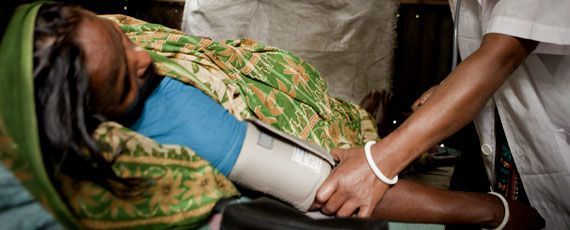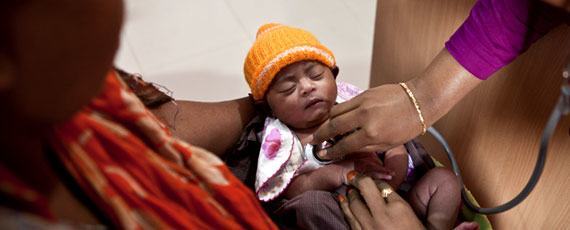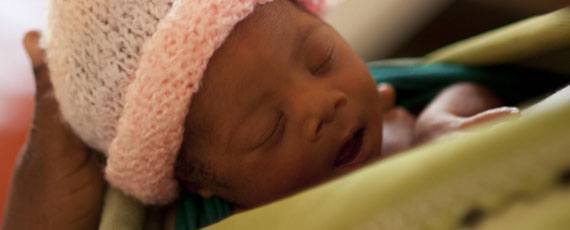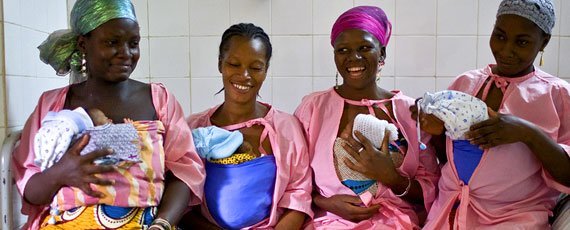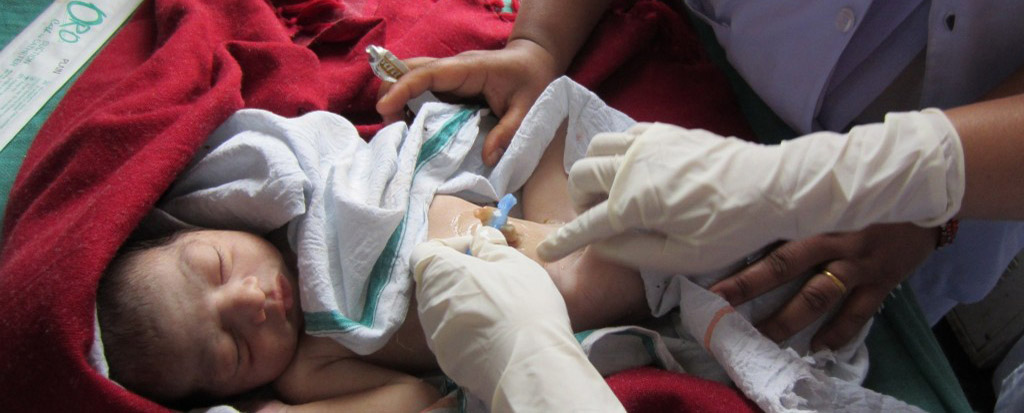What are some key interventions to reduce newborn mortality?
Globally, over three quarters of newborn deaths result from three major preventable and treatable conditions: preterm birth, complications during childbirth, including asphyxia, and severe infections.
The good news is there are specific care practices and interventions that, when effectively adopted at high coverage, can substantially reduce the burden of newborn deaths. These high-impact behaviors and technical interventions range from easy-to-apply antibiotics to ensuring the baby is kept warm to initiating breastfeeding at birth. The challenges to effectively delivering these interventions include the need for contextually appropriate delivery strategies, adequate resources (human and infrastructure), and sufficiently robust support systems.
